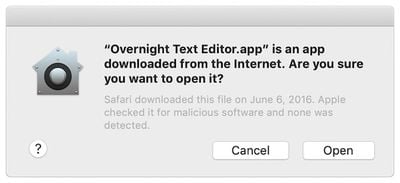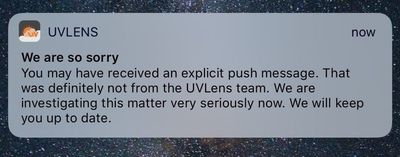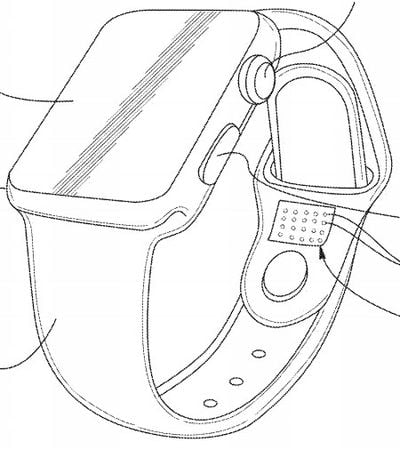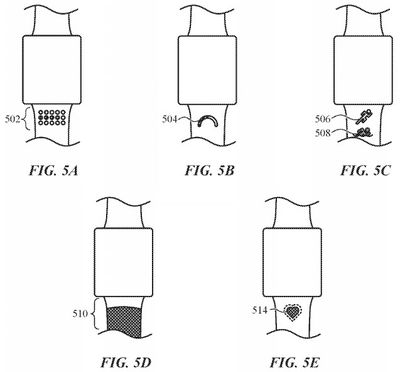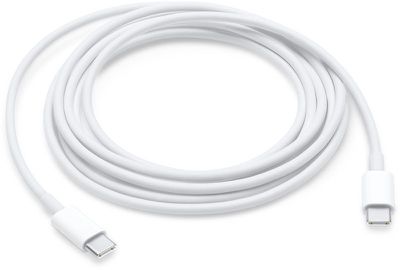Apple today announced that its new Apple Marunouchi store in Toyko is set to open on Saturday, September 7. Marunouchi is Apple's third store in Japan to open since last April, and it is the largest Apple Store in Japan.
Apple Marunouchi is located near the Imperial Palace and across from the historic Tokyo Station. Apple's senior vice president of Retail and People, Deirdre O'Brien, said that the Marunouchi store marks a significant moment in Apple's relationship with Japan.

"Marunouchi has amazing energy and our teams can't wait to welcome customers to our largest store in Japan for the first time on Saturday," O'Brien said.
According to Apple, the split-level Marunouchi store was built with a unique facade, featuring two-story vitrine windows that were constructed from "specially cast aluminum" to allow them to feature three-dimensional rounded corners.
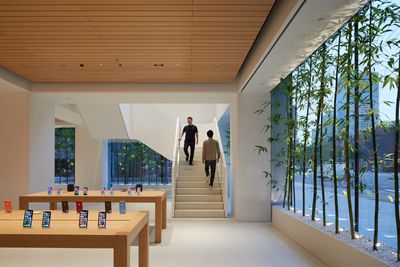
The windows are a first in an Apple retail location and are designed to allow the "vibrant street life" of the surrounding area to connect with the interior of the store. Bamboo lines the interior of the windows.

Marunouchi will feature "world-class creators" leading Today at Apple sessions, kicking off with The Tokyo Creative Guild, which is a special 12-part series that Apple is introducing to celebrate the store's opening.

Customers can begin signing up for Today at Apple sessions at Marunouchi starting now. Apple says that later this month, its Fukuoka store will also be expanding to a new location, and the remodel of Apple Omotesandō will be completed.




 Note: MacRumors is an affiliate partner with Amazon. When you click a link and make a purchase, we may receive a small payment, which helps us keep the site running.
Note: MacRumors is an affiliate partner with Amazon. When you click a link and make a purchase, we may receive a small payment, which helps us keep the site running.

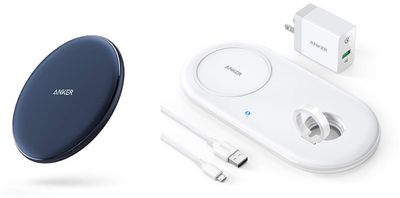


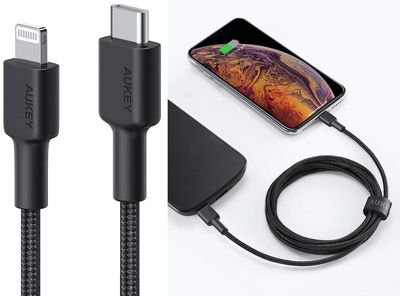
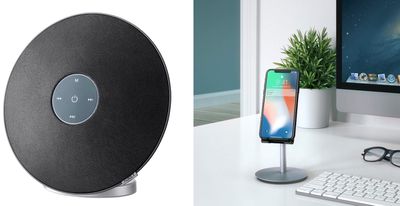

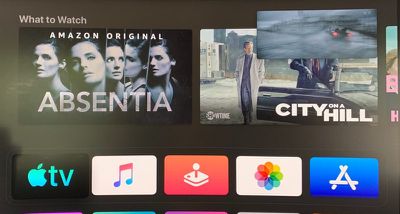
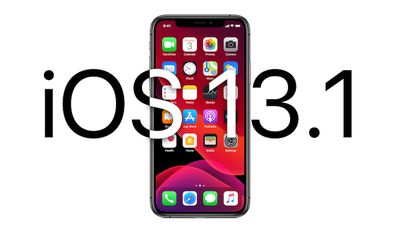
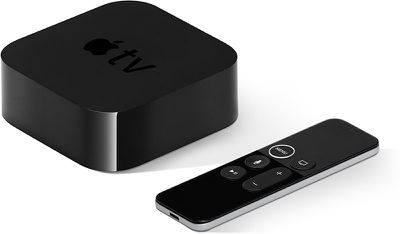

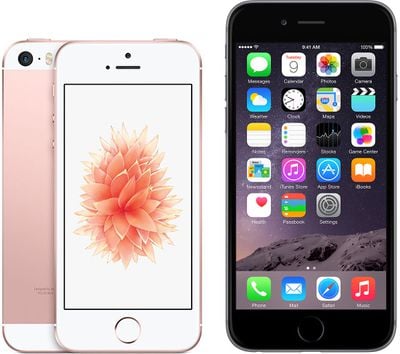
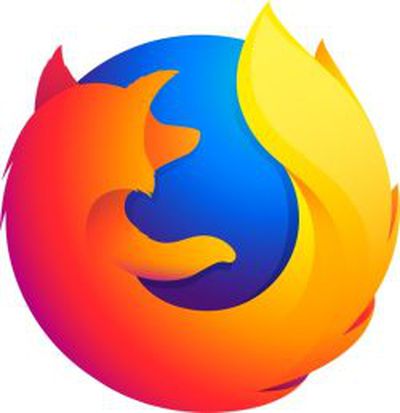 Mozilla has launched
Mozilla has launched 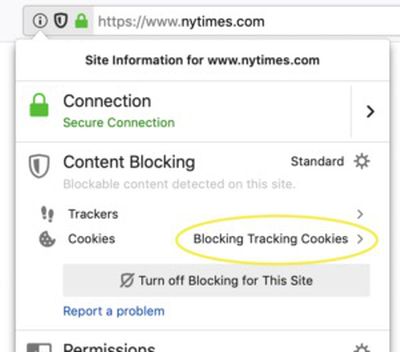 Firefox users can tell if they have ETP enabled by looking for a shield icon in the address bar, which indicates tracker blocking is active. Users can also click on the icon to view a Content Blocking menu listing all currently blocked tracking cookies. From here, it's also possible to disable tracking cookie blocking on a per site basis.
Firefox users can tell if they have ETP enabled by looking for a shield icon in the address bar, which indicates tracker blocking is active. Users can also click on the icon to view a Content Blocking menu listing all currently blocked tracking cookies. From here, it's also possible to disable tracking cookie blocking on a per site basis.


